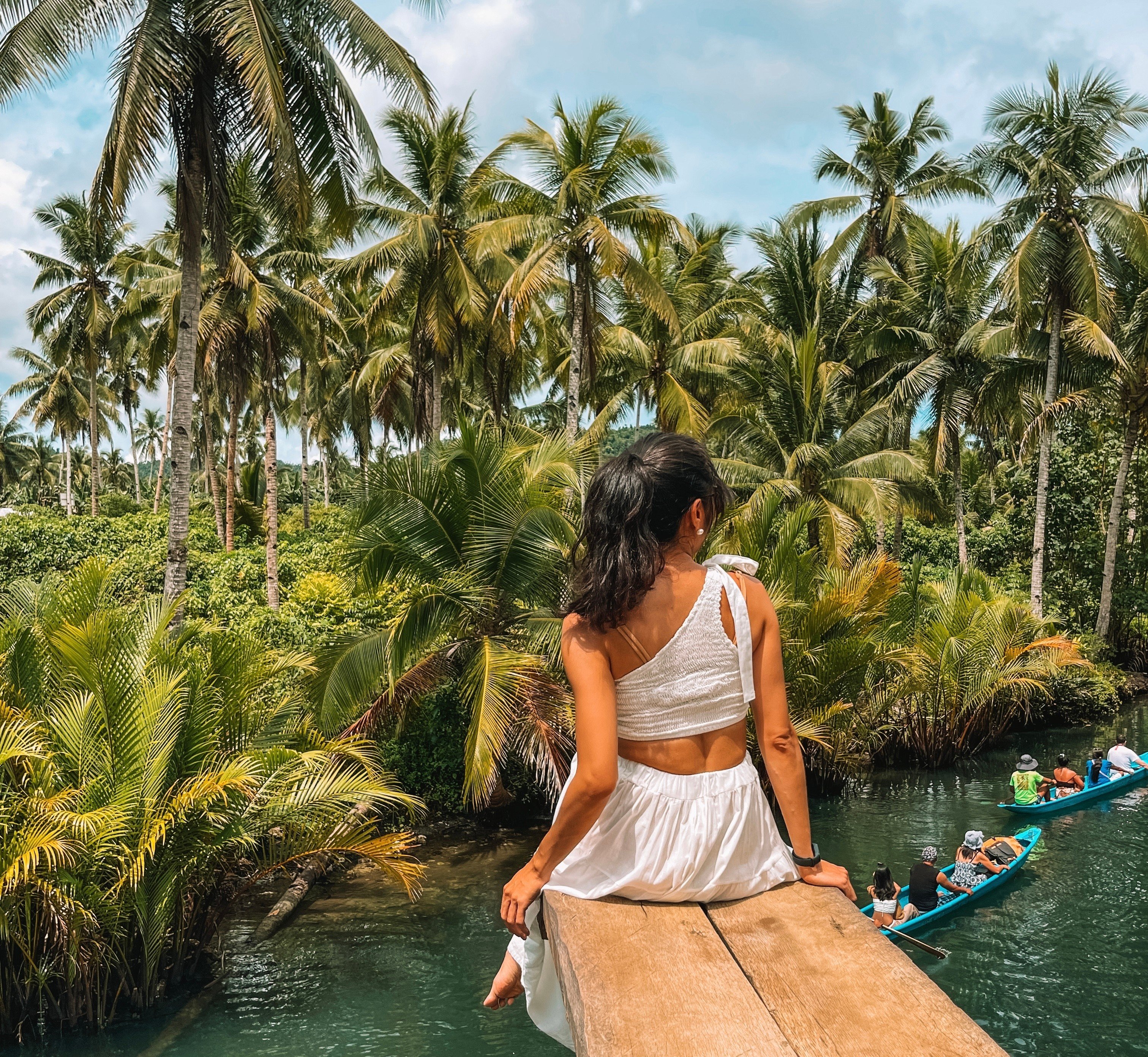Philippines ‘least safe’ to travel to? Sorry, Canadian firm says
HelloSafe’s ‘2025 Safety Index’ put the Philippines at the bottom of a list measuring how safe a country is for travellers

A Canadian travel insurance comparison firm has issued a formal apology and withdrawn a controversial ranking that labelled the Philippines as the least safe country in the world – a designation that provoked sharp condemnation from the Philippine government and tourism industry.
HelloSafe, which had published its “2025 Safety Index” in early June, scored the Philippines 82.32 – placing it at the bottom of a list measuring safety through indicators such as natural disasters, healthcare, societal violence and militarisation. The higher the score, the less safe a country was deemed to be.
On June 19, the Department of Tourism issued a strongly worded statement criticising the report’s credibility and impact, with Tourism Secretary Christina Garcia Frasco saying the index had “caused serious and lasting harm”.
“What was presented as an objective safety index was, in fact, built on questionable data,” she said, warning that such narratives could undermine the country’s tourism industry and livelihoods.
“Moreover, a thorough examination of HelloSafe’s websites reveals a focus on driving travel insurance sales rather than ensuring accurate safety assessments as it clearly lacked full methodology disclosure or identifiable data sources.”
In a public apology issued on July 15, HelloSafe announced it had suspended the publication of the index pending a “full audit of the methodology and criteria”. The company acknowledged the backlash and said its intent had been misunderstood.
“We wish to express our sincere regrets for the misunderstanding and negative perception that may have resulted from this publication,” HelloSafe said in its statement, adding that it never aimed to “stigmatise any country – including the Philippines”.
The firm outlined a series of steps it had taken in response: removing the ranking from all platforms, issuing a formal apology and launching a comprehensive methodology review to ensure future content would be “fact-checked, contextualised and based on credible, transparent sources”.
HelloSafe also noted that the Philippines’ position in the now-suspended index was largely driven by natural risks such as typhoons and earthquakes, “which are beyond the control of any nation and in no way reflect on the quality of its people, government or institutions”.
The apology followed weeks of criticism not only from government officials but also from major industry stakeholders, including the Philippine Hotel Owners Association (PHOA), the Pacific Asia Travel Association and the Philippine Tour Operators Association.
In a statement, PHOA President Arthur Lopez said the Philippines’ place at the bottom of HelloSafe’s ranking was “misleading, unfair and detrimental to the efforts of the tourism and hospitality industry”.
Unhandled type: inline-plus-widget {“type”:”inline-plus-widget”}
In a follow-up statement on July 17, the tourism department welcomed HelloSafe’s apology and suspension of the index, but underscored that “remnants of the original article remain accessible, continuing to harm the country’s reputation”, according to The Filipino Times.
Frasco reiterated that the ranking “caused undue alarm and undermined the efforts of government and tourism stakeholders”. She urged travel content creators and global ranking firms to exercise greater responsibility, highlighting the importance of “accurate, transparent data” in shaping public perception.
Tourism remains a cornerstone of the Philippine economy, contributing 8.9 per cent of its gross domestic product – or 2.35 trillion pesos (US$41 billion) – in 2024, according to the Philippine Statistics Authority. It also provided employment to 6.75 million people, or 13.8 per cent of the national workforce.